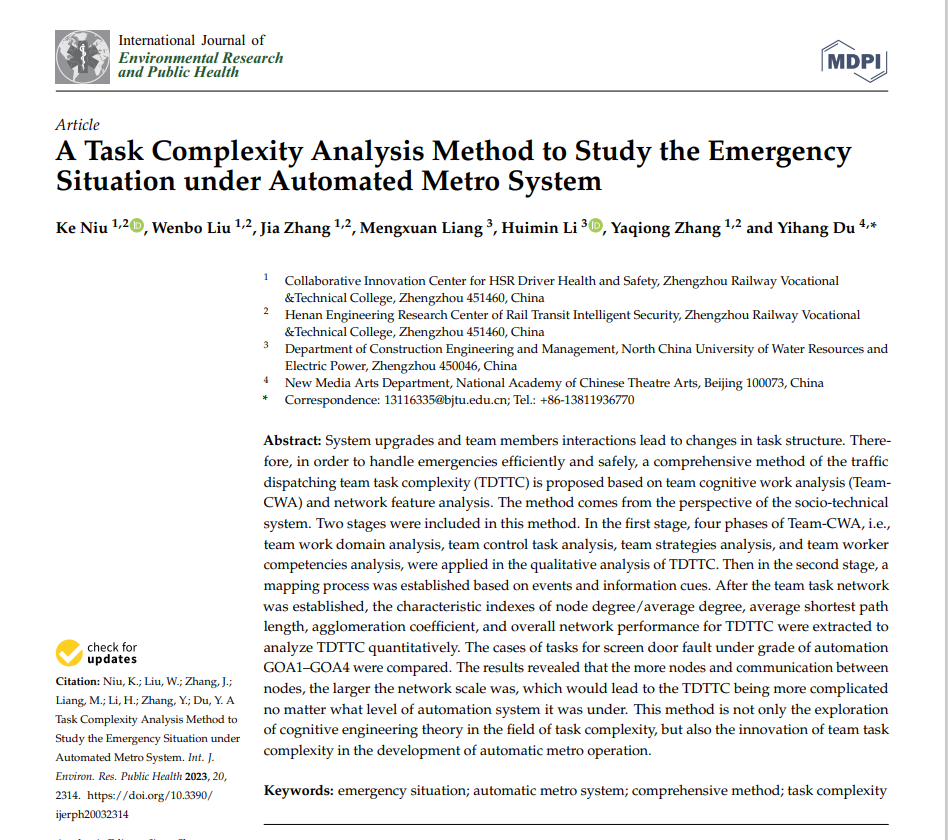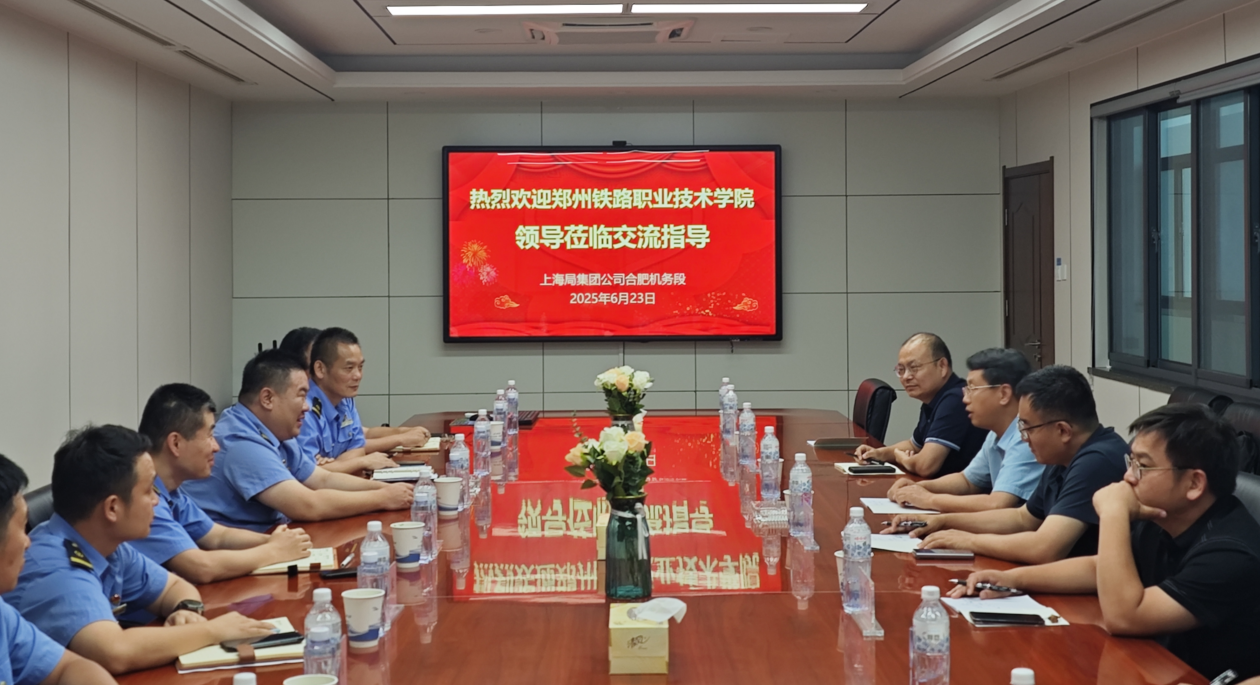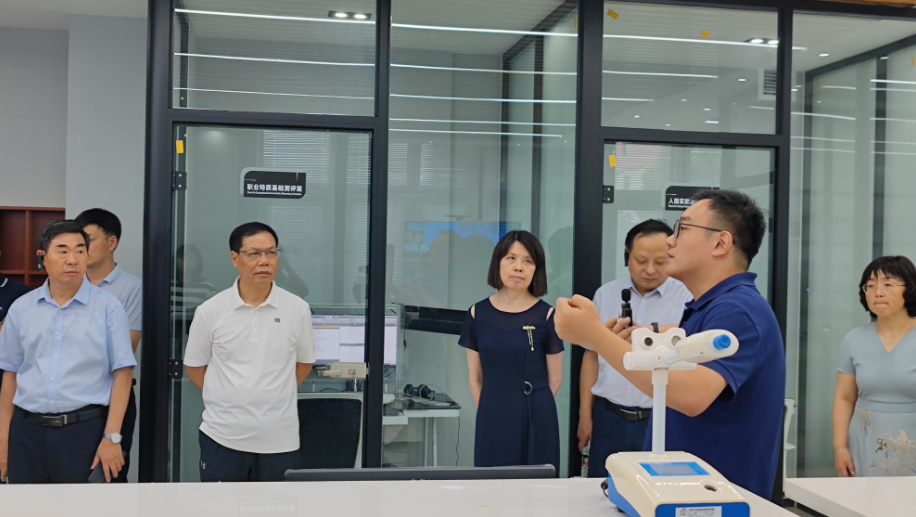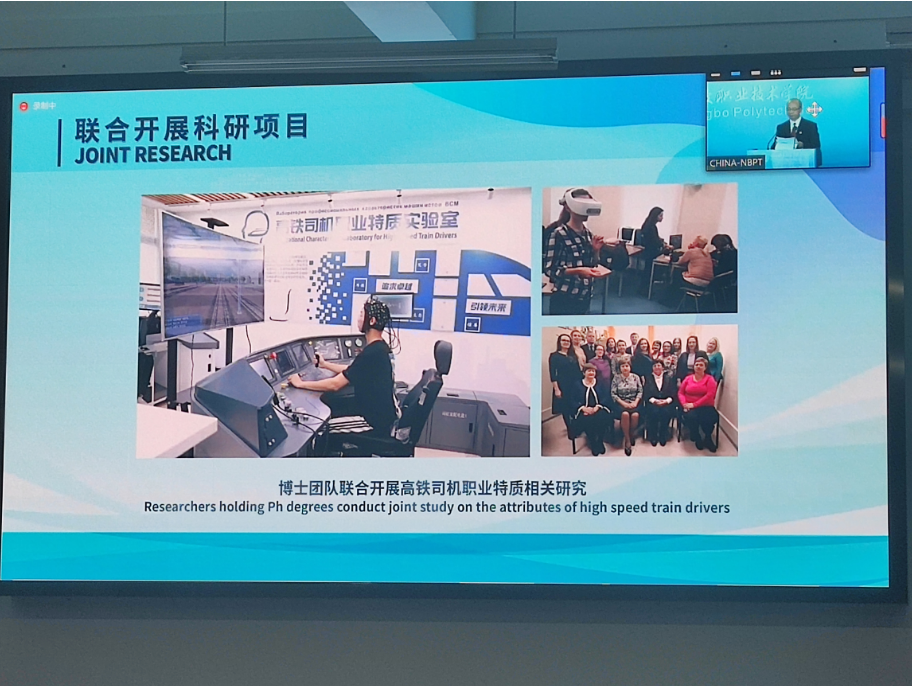
Abstact:System upgrades and team members interactions lead to changes in task structure. Therefore, in order to handle emergencies efficiently and safely, a comprehensive method of the traffic dispatching team task complexity (TDTTC) is proposed based on team cognitive work analysis (Team-CWA) and network feature analysis. The method comes from the perspective of the socio-technical system. Two stages were included in this method. In the first stage, four phases of Team-CWA, i.e., team work domain analysis, team control task analysis, team strategies analysis, and team worker competencies analysis, were applied in the qualitative analysis of TDTTC. Then in the second stage, a mapping process was established based on events and information cues. After the team task network was established, the characteristic indexes of node degree/average degree, average shortest path length, agglomeration coefficient, and overall network performance for TDTTC were extracted to analyze TDTTC quantitatively. The cases of tasks for screen door fault under grade of automation were compared. The results revealed that the more nodes and communication between nodes, the larger the network scale was, which would lead to the TDTTC being more complicated no matter what level of automation system it was under. This method is not only the exploration of cognitive engineering theory in the field of task complexity, but also the innovation of team task complexity in the development of automatic metro operation.
Reference: Niu, K.; Liu, W.; Zhang, J.; Liang, M.; Li, H.; Zhang, Y.; Du, Y. A Task Complexity Analysis Method to Study the Emergency Situation under Automated Metro System. Int. J. Environ. Res. Public Health 2023, 20, 2314. https://doi.org/10.3390/ijerph20032314



